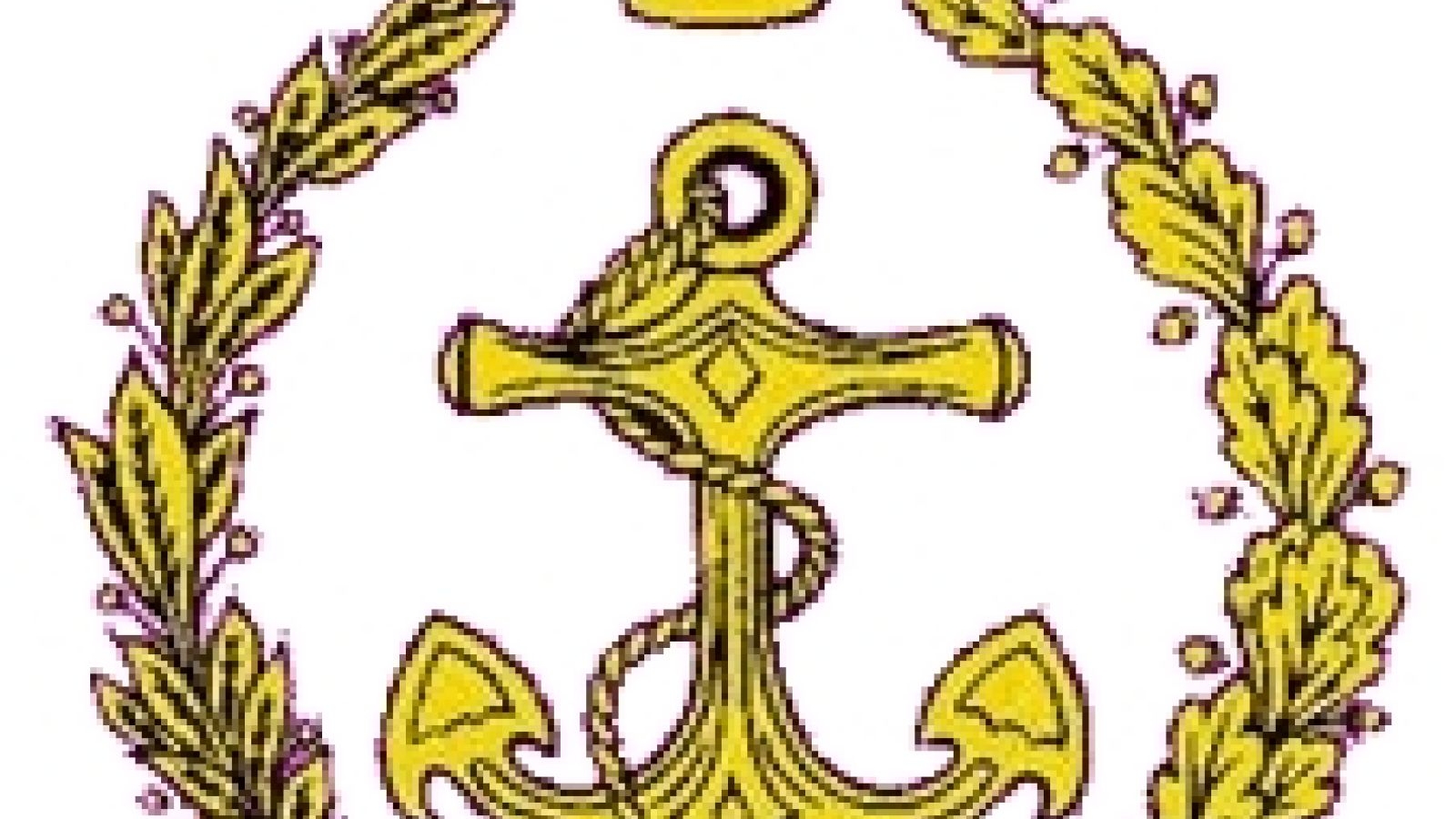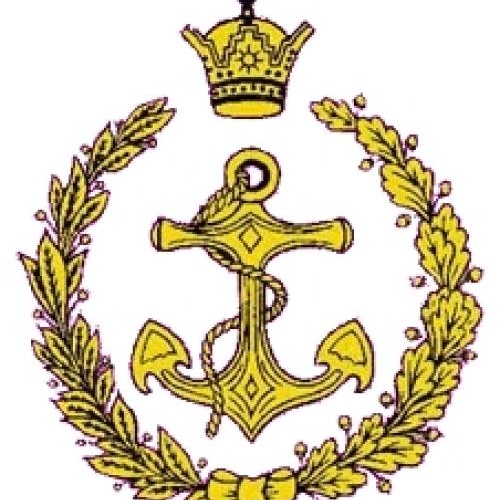The Imperial Iranian Navy (IIN) was one of the most significant branches of the armed forces of Iran

The Imperial Iranian Navy (IIN)
The Imperial Iranian Navy (IIN) was one of the most significant branches of the armed forces of Iran during the Pahlavi era. Throughout the 1960s and 1970s, with massive investments aimed at strengthening and modernizing it, the IIN became one of the most powerful naval forces in the Persian Gulf and the Sea of Oman
The Imperial Iranian Navy (IIN) was one of the most significant branches of the armed forces of Iran during the Pahlavi era. Throughout the 1960s and 1970s, with massive investments aimed at strengthening and modernizing it, the IIN became one of the most powerful naval forces in the Persian Gulf and the Sea of Oman. The primary objective of the Imperial Navy was to protect maritime borders, coastlines, and economic resources, especially in the Persian Gulf, while ensuring the security of vital oil trade routes.
Statistics and Equipment of the Imperial Iranian Navy:
Before the 1979 Uprising, the Imperial Iranian Navy comprised several warships, submarines, destroyers, and fast boats. During Mohammad Reza Shah's reign, the navy rapidly modernized and became one of the largest naval forces in the Middle East.
1. Destroyers and Frigates: The Imperial Navy included modern destroyers built in the United Kingdom, such as the Sam class destroyers, which possessed substantial firepower and could conduct offensive and defensive operations at sea.
2. Fast Boats: These high-speed vessels equipped with light armaments were used for rapid patrols and coastal defense operations.
3. Submarines: Although the number of submarines in the Imperial Navy was limited, Iran began acquiring advanced submarines from Western countries to enhance its underwater capabilities.
4. Support and Logistics Ships: The navy also had support ships for transporting troops and equipment for long-term missions.
Strategic Role and Power of the Navy:
The Imperial Iranian Navy played a crucial role in defending the Strait of Hormuz and securing oil trade routes that were vital to the global economy during the 1970s. With its naval forces, Iran was capable of ensuring the safety of commercial ships and oil tankers in the Persian Gulf and increasing its military and political influence in the region. The navy also participated in joint military exercises with Western countries and was aligned with global standards in terms of armament and training.
Training and Cooperation with Western Countries:
Much of the navy's strength derived from extensive cooperation with Western countries, particularly the United Kingdom and the United States. Iranian sailors and commanders received advanced training abroad and utilized cutting-edge technologies for naval operations.
Development Plans:
In the late 1970s, Iran aimed to further develop its navy and establish itself as a leading naval power in the region. Plans were underway to purchase more advanced warships and new submarines.
Conclusion:
Before the 1979 Uprising, the Imperial Iranian Navy had become one of the most modern and powerful naval forces in the Persian Gulf. With advanced equipment and extensive training, the navy played a vital role in ensuring Iran's economic and political security, serving as a symbol of the country's maritime power on both regional and global stages.
